How do the Harry Potter and Fantastic Beasts movies stack up against each other? Here is a complete list of all the Harry Potter and Fantastic Beasts movies, including Fantastic Beasts: The Secrets of Dumbledore, ranked from worst to best. J.K. Rowling’s Harry Potter novels revolutionized the world of literature throughout the 2000s, with characters and stories that defined a generation. In an increasingly digital age, every Harry Potter book release became a major event, dominating headlines around the world as both adults and children lined up to binge-read the young wizard’s latest adventure. While Rowling’s books became a money-making juggernaut in their own right, Harry Potter‘s reach expanded even further when Warner Bros. picked up the movie rights. The universe of HP was so successful that it prompted a new spinoff series, with Fantastic Beasts: The Secrets of Dumbledore being the latest release.
Harry Potter & The Philosopher‘s Stone was released in 2001, 4 years after the book of the same name, and triggered a movie franchise that saw the central trio of Daniel Radcliffe, Rupert Grint, and Emma Watson mature in front of the camera. The live-action adaptations proved as popular as the books, and the generally faithful series fully realized what many fans had been visualizing in their minds for years. The main series of Harry Potter films concluded in 2011, but with money still to be made, Warner Bros. set about adapting Rowling’s short charity spinoff release, Fantastic Beasts and Where To Find Them. The series is set to have 5 movies in total, with Fantastic Beasts 3 now moving the prequel franchise’s story even further toward its fifth and final movie.
There are no real duds in the Harry Potter movie franchise (certainly within the main series). But the movies do differ greatly in quality, with changing directors, an evolving cast, and certain books proving more popular than others all factoring into the franchise’s ups and downs. From worst to best, here are all of the Harry Potter and Fantastic Beasts movies ranked.
There isn’t an outright bad film in Harry Potter‘s film canon but if there is one to avoid like a vomit-flavored Bertie Bott’s bean, it’s the second in the Fantastic Beasts series. This Harry Potter movie ranks last on the list, as it was an unfortunate addition to the HP universe. Where the original Fantastic Beasts succeeds by moving away from the established story of Harry, Ron, and Hermione and focusing on different aspects of the wizarding world, the sequel brings that spotlight right back, with Jude Law cast as a young Dumbledore against Johnny Depp’s Grindelwald. In many ways, The Crimes of Grindelwald was exactly what many feared the first movie would be – a cynical cash grab with tenuous attempts to tie into the ever-popular main story. Two additional films are already in the pipeline, so people can make of that what they will.
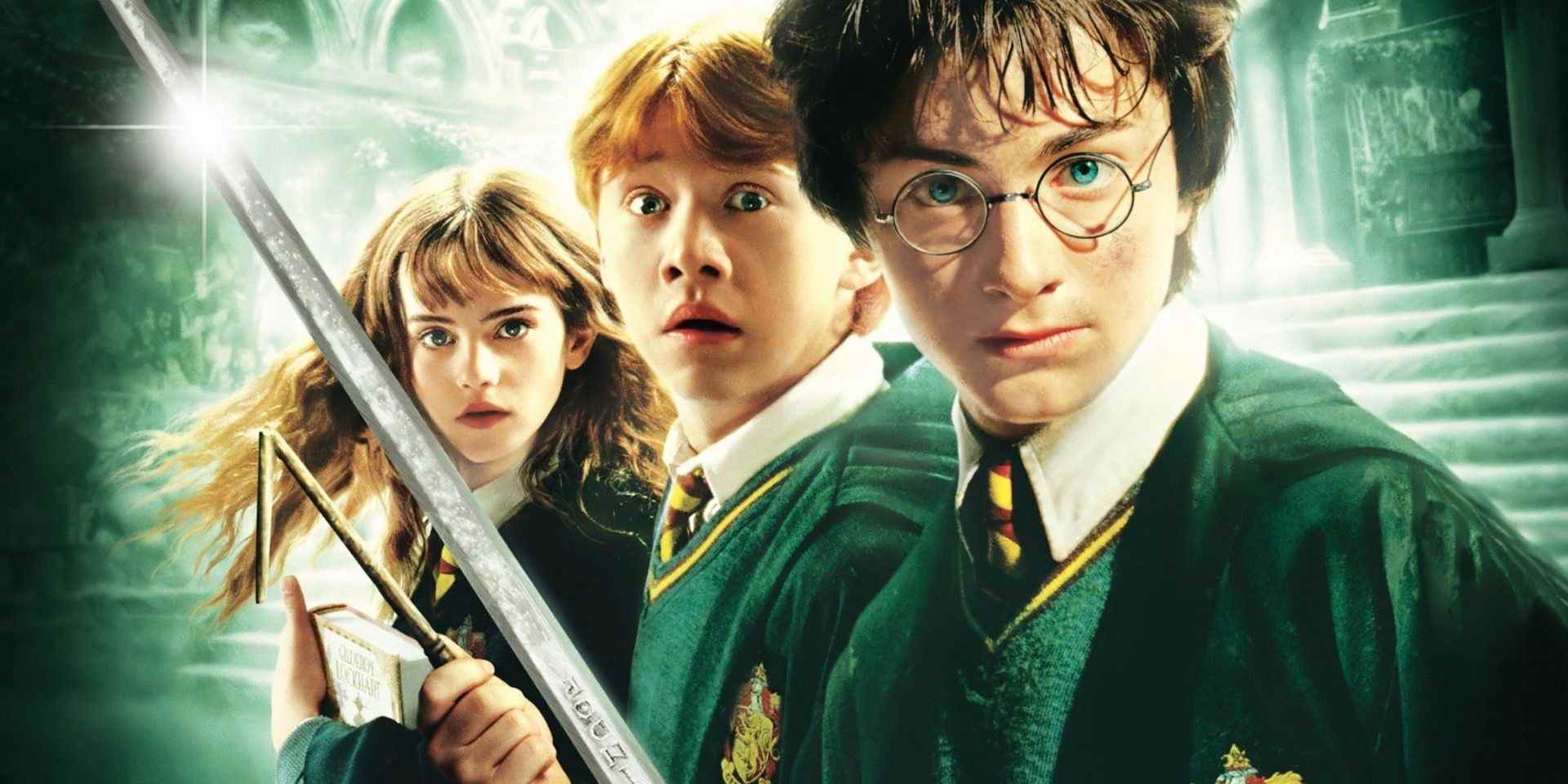
Harry Potter & The Chamber of Secrets features some of the franchise’s most memorable moments, including Harry and Ron’s flying car being mauled by the Whomping Willow and the appearance of a young Tom Riddle in Harry’s fight against the giant Basilisk. In relation to the rest of the series, however, this Harry Potter movie ranked 10th on the list because the second entry is somewhat forgettable and arguably the most expendable of the primary Potter series. The acting skills of the younger cast are still taking shape, and without the sense of newness the first film benefited from, The Chamber of Secrets lacks the major developments and gravity that would come later. Enjoyable enough to watch, Harry Potter‘s second offering doesn’t quite make the most of its considerable running time.

Fantastic Beasts: The Secrets of Dumbledore ranked at number 9 because it’s better than The Crimes of Grindelwald but not at the caliber of other HP movies. The Harry Potter prequel is a definite step up from Fantastic Beasts 2. After the outright failure of the previous film, people were downright anxious over whether or not the third film would deliver. Surprisingly, it does, despite not being as good as the first movie. J.K. Rowling is no revolutionary screenwriter. But with a bit more experience under the novelist’s belt, it seems that the Fantastic Beasts series could be salvageable. Fantastic Beasts 3 greatly benefits from Grindelwald’s recasting Mads Mikkelsen recasting, as he does a better job than Johnny Depp at portraying the silver-tongued manipulator. This movie doesn’t rank higher on the list due to its critical reception and the continuous breaking of the Harry Potter canon. A lot of plotholes are glossed over with CGI magic duels, but at least Rowling gave a satisfying answer to Credence’s parentage, rather than just erasing canon again.
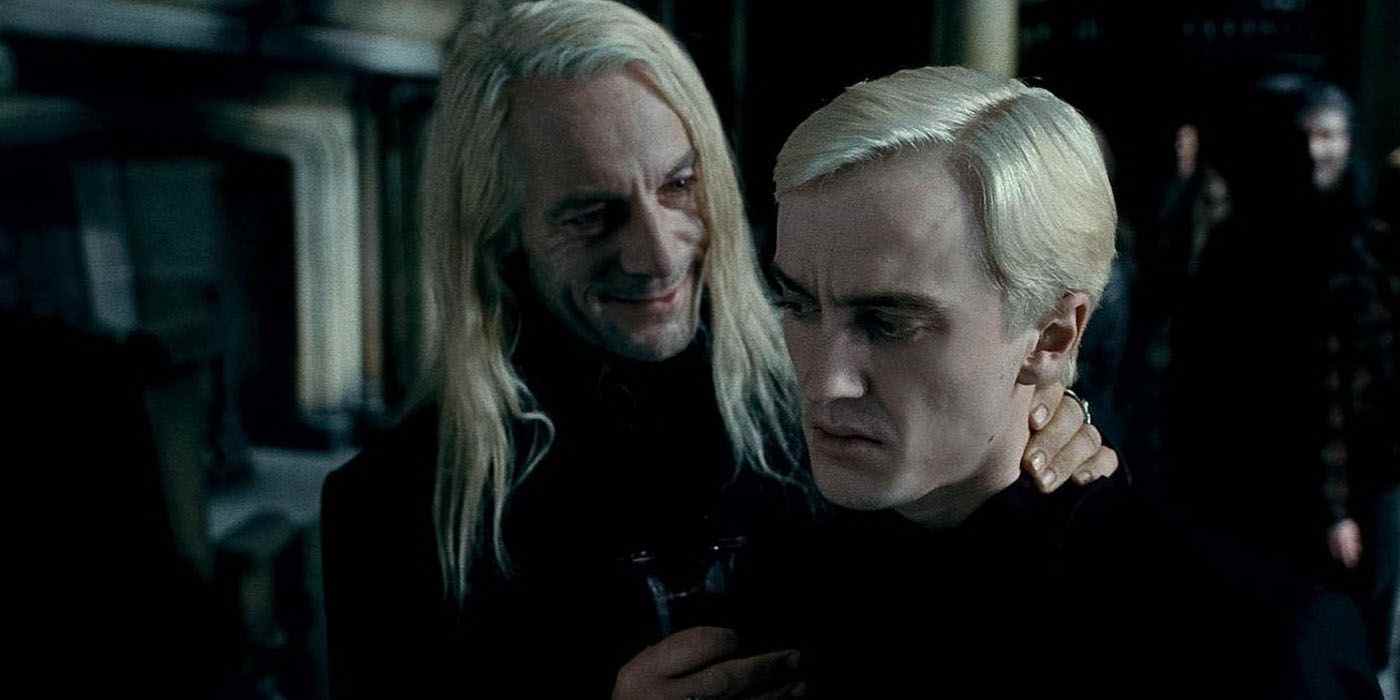
Adapting the final Harry Potter book for the big screen presented a problem – one film simply wasn’t enough to do justice to the abundance of story and drama that needed to be covered before the series bowed out but, realistically, there wasn’t enough material to warrant two full, feature-length films. Ultimately, this is the option Warner Bros. went for, and The Deathly Hallows – Part 1 suffers as a result. If there’s a sense that this penultimate release is merely a set-up movie for a much bigger climax, it’s because the first half of The Deathly Hallows is exactly that. Despite making the most of its assigned book chapters, this Harry Potter effort always holds back, and is forced to eke out half a book into a full movie. Other franchises would echo this tactic, with similarly disappointing results. Truthfully, this Harry Potter movie ranked lower on the list because there was simply too much information that got swept under the rug.
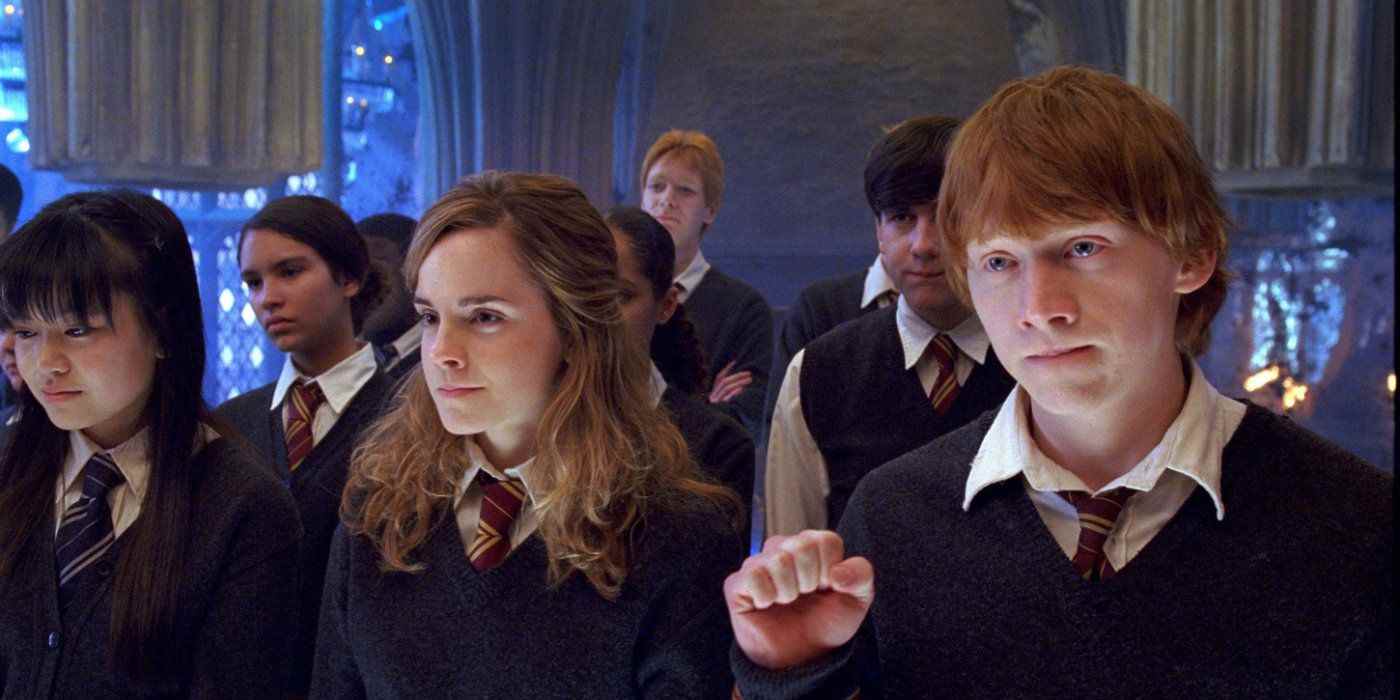
Harry Potter & The Order Of The Phoenix is perhaps the most divisive in the series, with some ranking it among the best in the franchise, and others preferring a date with a Dementor than sitting through the fifth Potter movie. In fairness, trimming down the longest of Rowling’s books into one of the shortest movies in the main series was always going to be a thankless task, and it’s a testament to director David Yates and screenwriter Michael Goldberg that nothing feels missing from The Order Of The Phoenix in live-action. Perhaps the underlying reason this particular film divides fans is that The Order Of The Phoenix represents a turning point in the overarching story; the moment Harry, Ron, and Hermione stop larking around the halls of Hogwarts and start realizing the danger facing them. This shift in tone takes work, making The Order Of The Phoenix a necessary part of the Harry Potter story, but unfortunately not one of the most entertaining.
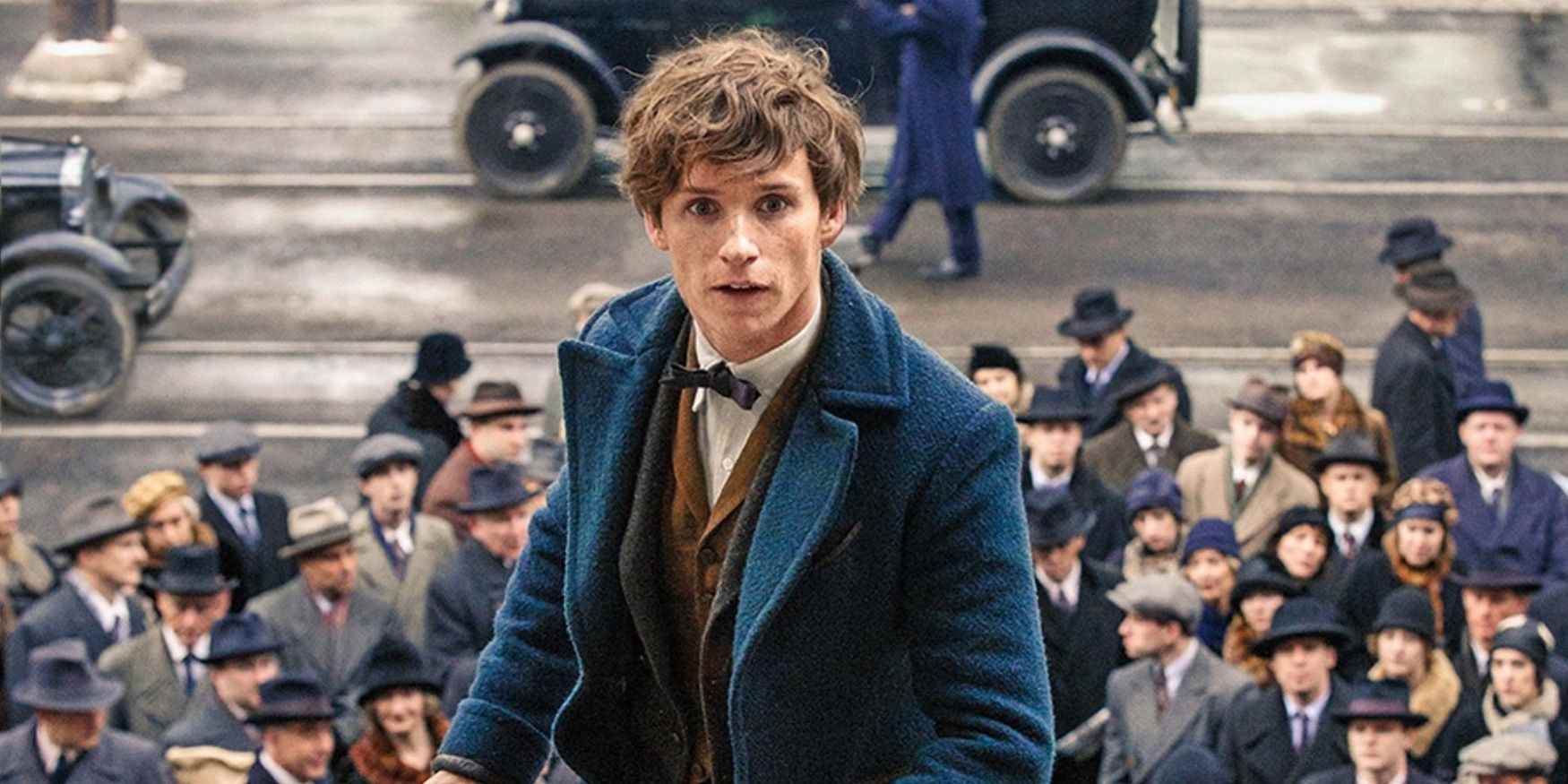
As alluded to above, there was an understandable air of skepticism around Rowling’s decision to let Warner Bros. continue the Harry Potter movie franchise and embark on a journey into entirely original territory. Thankfully, the experiment proved more worthwhile than the scant premise of the original Fantastic Beasts book would suggest. Eddie Redmayne, who was almost cast in Harry Potter, puts in a charmingly adventurous performance as Newt Scamander, while moving away from Harry Potter and his constantly painful forehead finally allows for some major expansion within Rowling’s world. In particular, the threat of muggle (or, indeed, No-Maj) society being exposed to the hidden world of magic carries enough weight without delving back into the darkness and danger of the later Potter films.
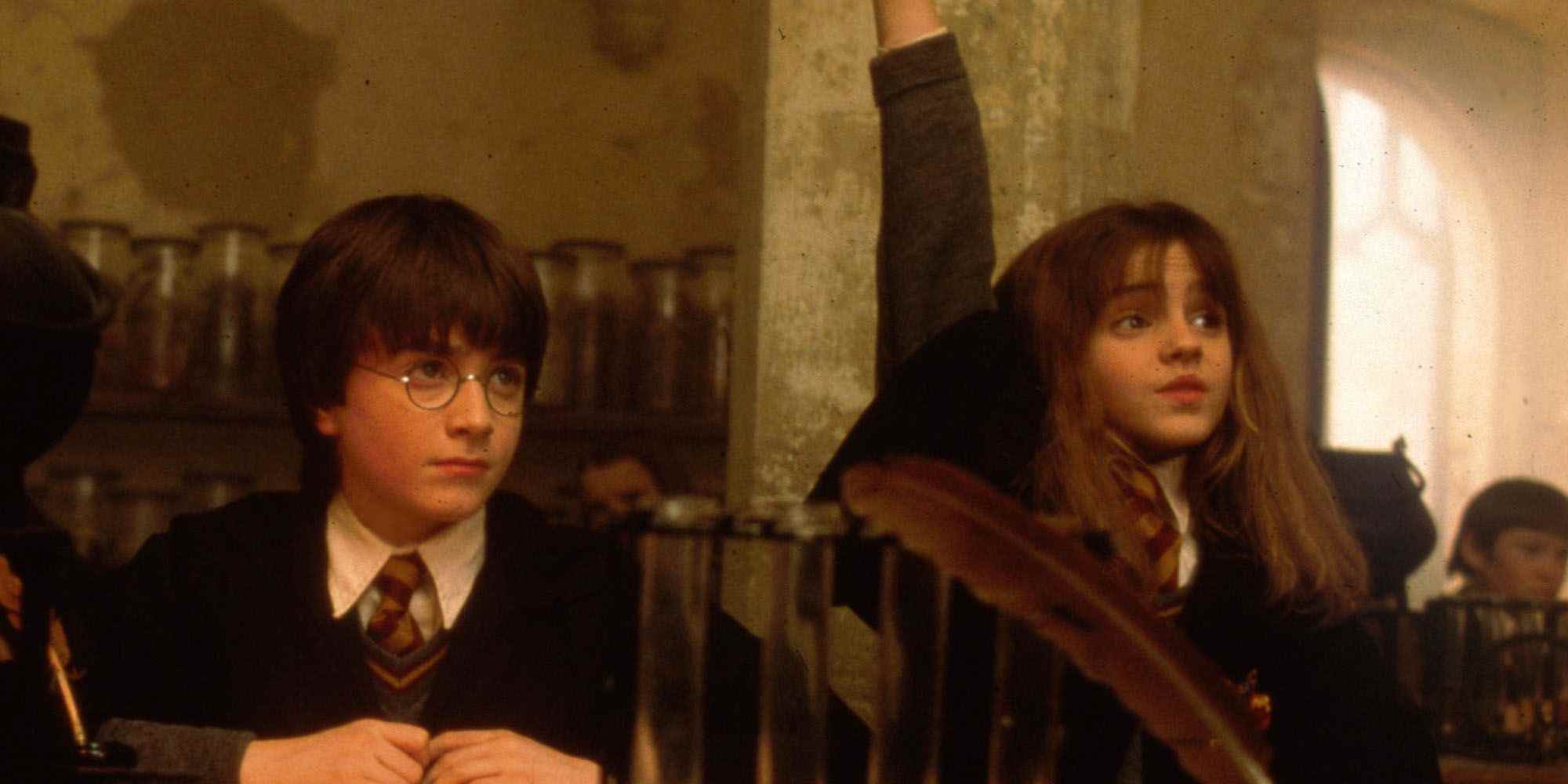
For those seeking flawless performances and a watertight plot, Harry Potter & The Philosopher‘s Stone (Sorcerer in the U.S.) perhaps wouldn’t be recommended viewing. The fledgling cast is still honing their craft and this particular adventure is far more in the mold of a traditional children’s story than subsequent books would be. However, the first Harry Potter movie was charged with establishing the tone, characters, and visuals of the entire series. Everything from the iconic Hogwarts design and the Harry-Ron-Hermione dynamic to the renowned performances of Alan Rickman (Professor Snape), Maggie Smith (Professor McGonagall), and Robbie Coltrane (Hagrid) stems from the achievements of The Philosopher‘s Stone. Later films would be more polished and tell stronger stories, but there are few better examples of visual world-building than the Christopher Columbus-directed debut Potter film.
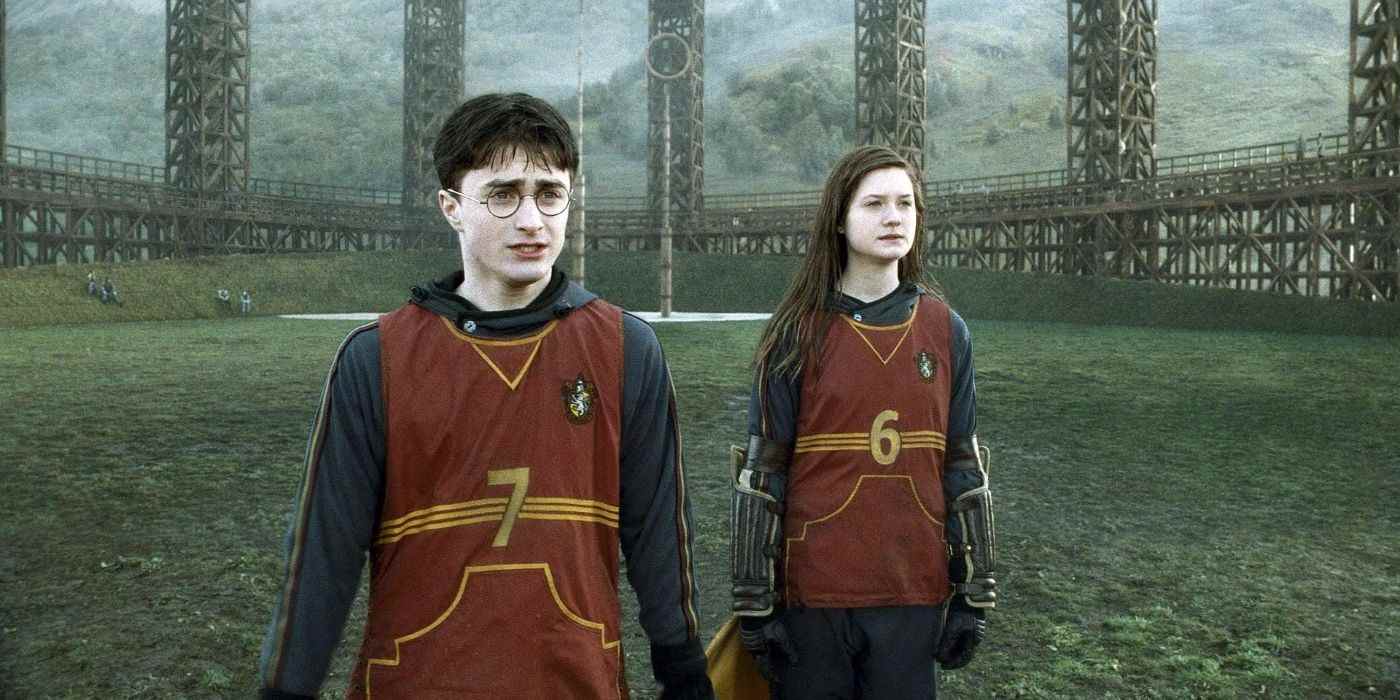
Though Harry Potter & The Order Of The Phoenix struggled with the weight of turning the books’ initial jovial innocence into something darker and more expansive, The Half-Blood Prince reaped the rewards. Also significant is that Rowling’s sixth release is where the Harry Potter endgame finally comes into view, with the introduction of Horcruxes and the inception of Harry’s quest to vanquish Voldemort once and for all after annual disruptions to his high-school education. The Half-Blood Prince succeeds in mixing the traditional Hogwarts-based antics of yore with more realistic teenage drama and some big story moments. Dumbledore’s death is just as devastating here as it is in the book and the attack on the Burrow makes for one of the franchise’s best action scenes, ramping up the stakes ahead of the final chapter.
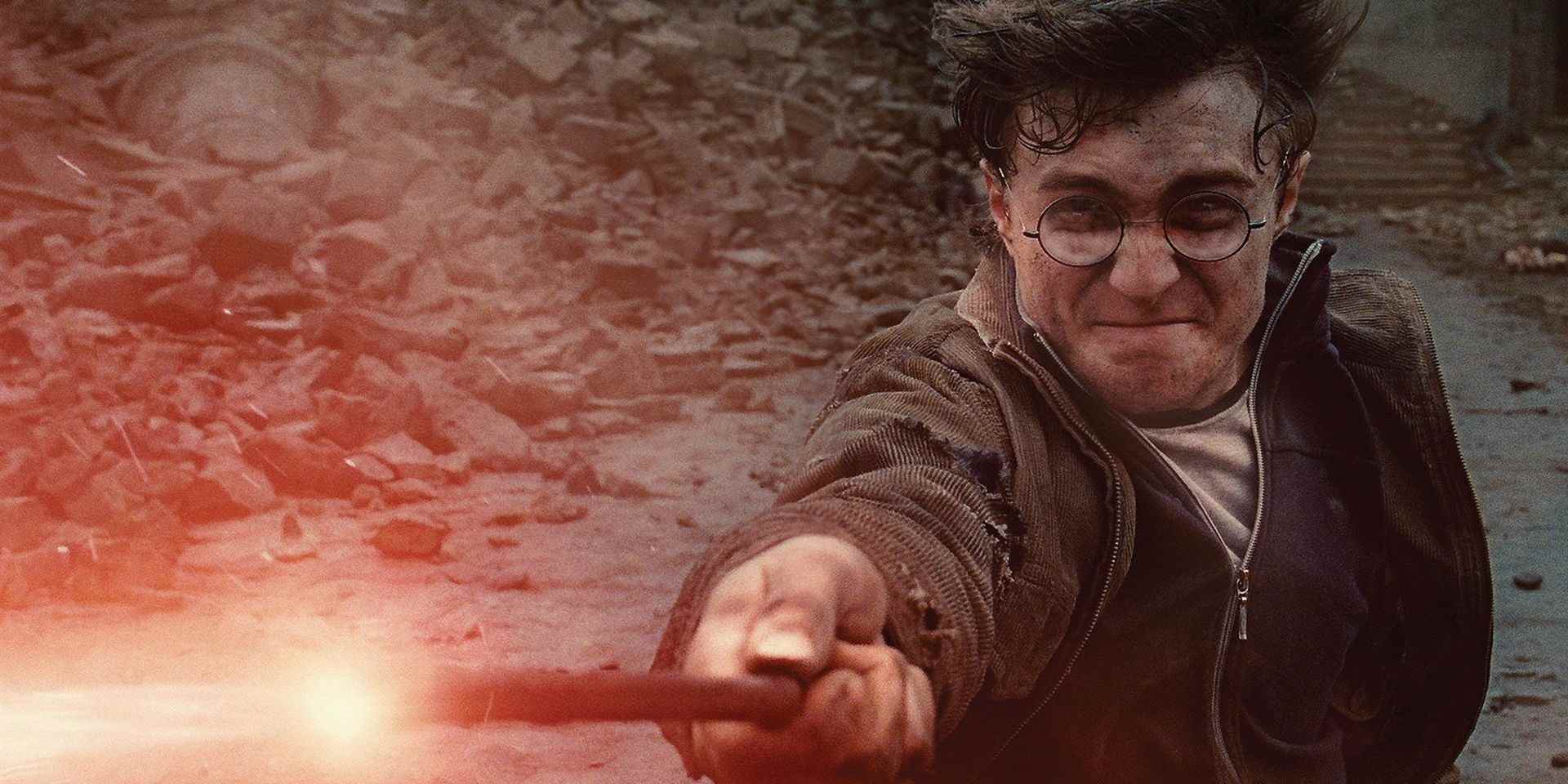
And what a final chapter it was. If Harry Potter & The Deathly Hallows – Part 1 was somewhat of a slog, burdened with exposition, piece-moving, and set-up, Part 2 was the antithesis of that, free to dive headfirst into an all-out clash for the ages, concluding the Harry Potter film series in epic fashion. The Battle of Hogwarts and Harry’s final duel with Voldemort are beautifully rendered into live-action and the film only eases the intensity to let its big emotional beats sink in. Snape’s demise is even more crushing than Dumbledore’s and there’s a real sense that the central trio have reached the end of their growth, both in reality and with their characters. The Deathly Hallows – Part 2 likely wouldn’t have impressed to such an extent had Part 1 not taken one for the team, but the final movie makes full use of the freedom afforded to it.
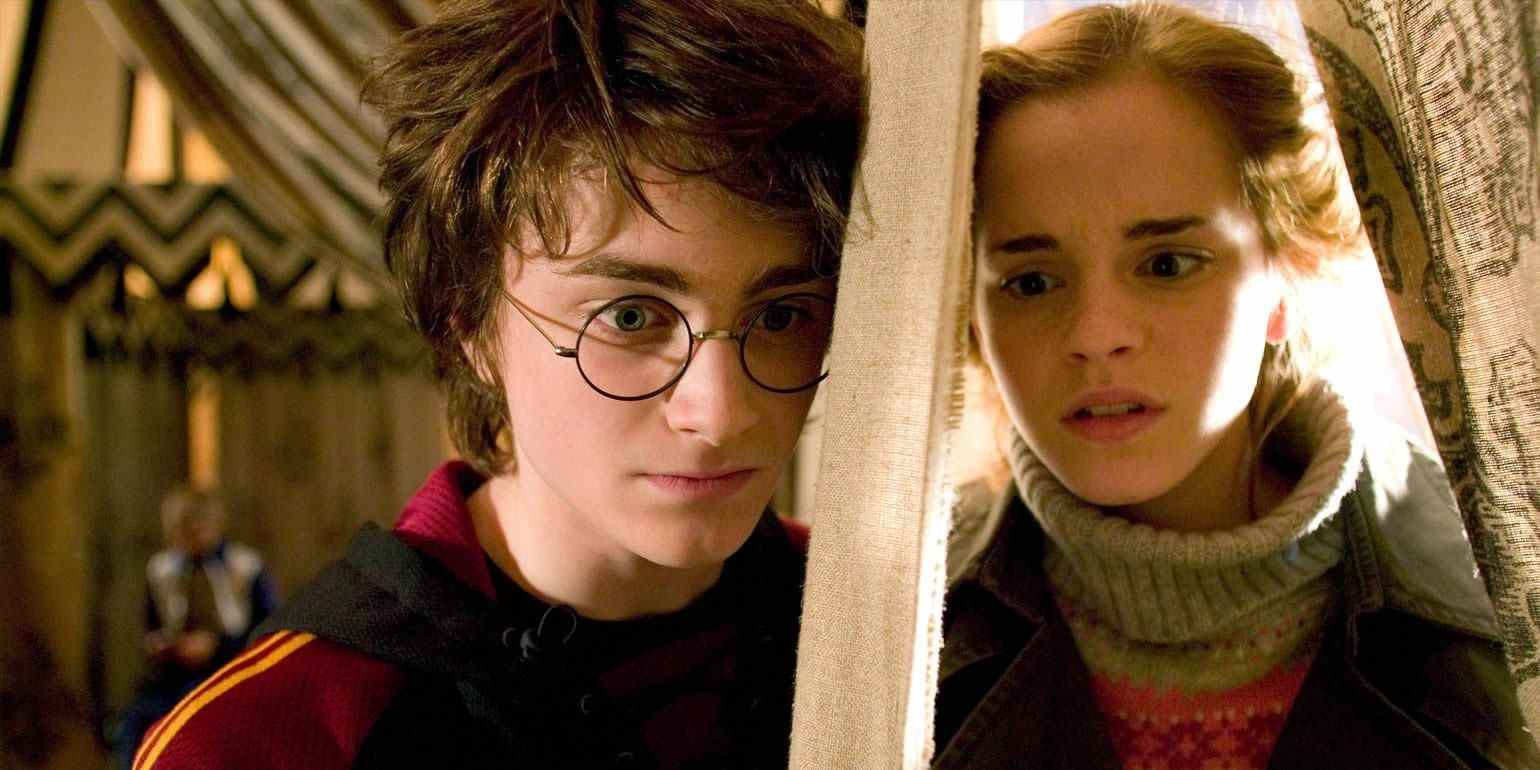
As with its literary counterpart, a lot of stuff happens in Harry Potter & The Goblet Of Fire. Voldemort’s resurrection, dragons, Cedric Diggory, the Yule Ball, the Triwizard Tournament, the Quidditch World Cup. The fourth Potter story is responsible for so many of the franchise’s most recognizable and referenced moments and gets away with being so tightly packed by virtue of the effective slow build that culminates in Voldemort’s return. While it may not be the final Potter story, The Goblet Of Fire feels like the end of Harry’s “Phase 1,” bringing everything from the past 3 films together and beautifully setting up the bigger battle to come. The Goblet of Fire is the grand, bombastic centerpiece of the Harry Potter franchise, overflowing with ideas that broaden the wizarding world, and the movie adaptation revels in having so much rich material to play with.
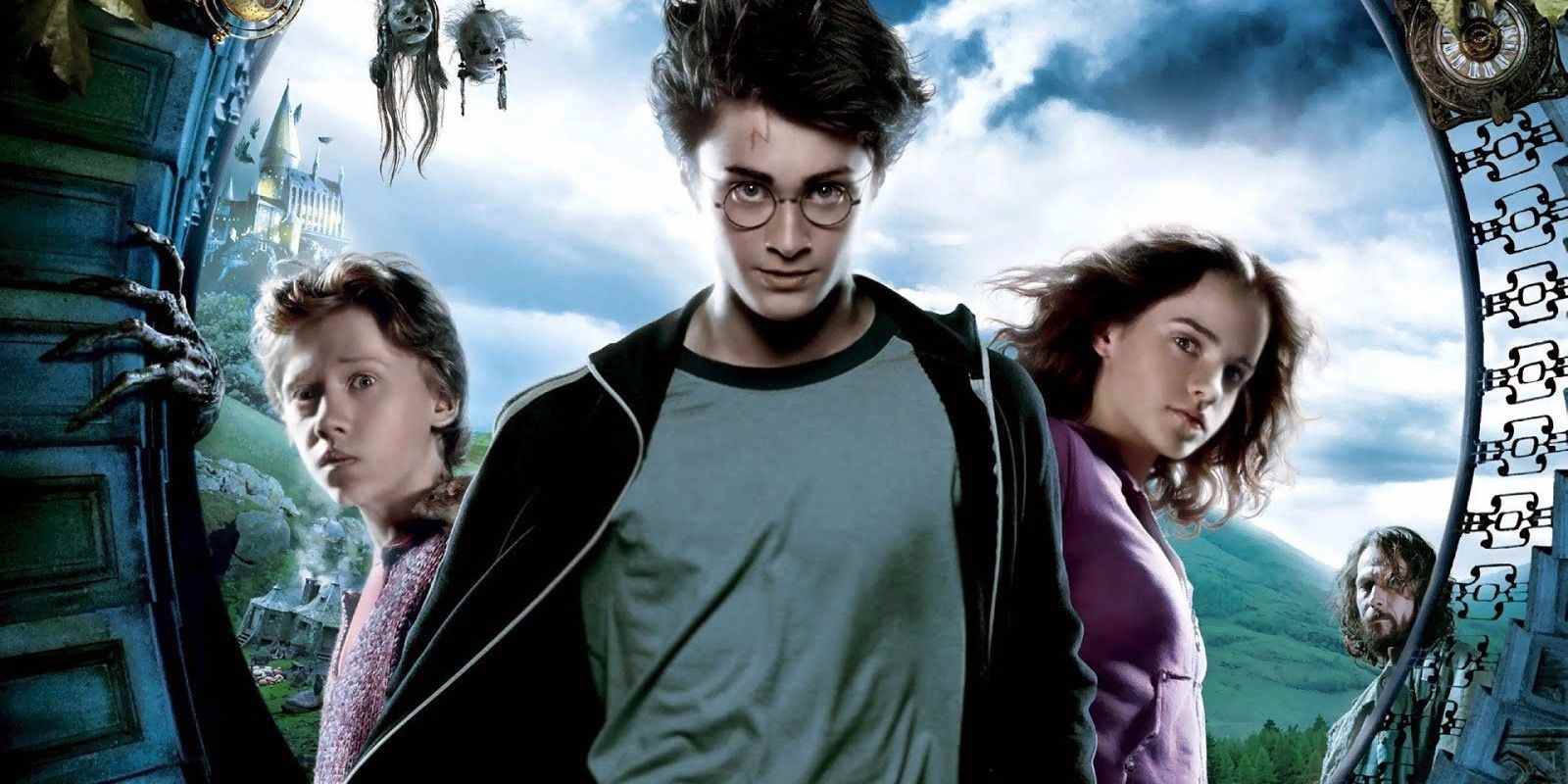
In J. K. Rowling’s original book series, The Prisoner Of Azkaban was the moment where Harry Potter evolved, and that plaudit is even truer of the film adaptations. “Darker” is generally the operative word when it comes to the third Potter offering and Alfonso Cuarón took the horror elements of the book (an escaped murderer, a werewolf, dementors) and brought them to life in vivid fashion. The Prisoner Of Azkaban was already considered one of the best of Rowling’s books, but it also lent itself more naturally to the cinematic realm. Casting Gary Oldman as Harry’s godfather, Sirius Black, was a masterstroke, and David Thewlis’ Professor Remus Lupin is one of the most tragic figures in the entire series, at least until the Snape reveal, while Radcliffe, Grint, and Watson had all started to become genuine acting talents by this stage. Visually stunning, morally complex, and genuinely frightening, The Prison of Azkaban remains Harry Potter‘s finest moment.
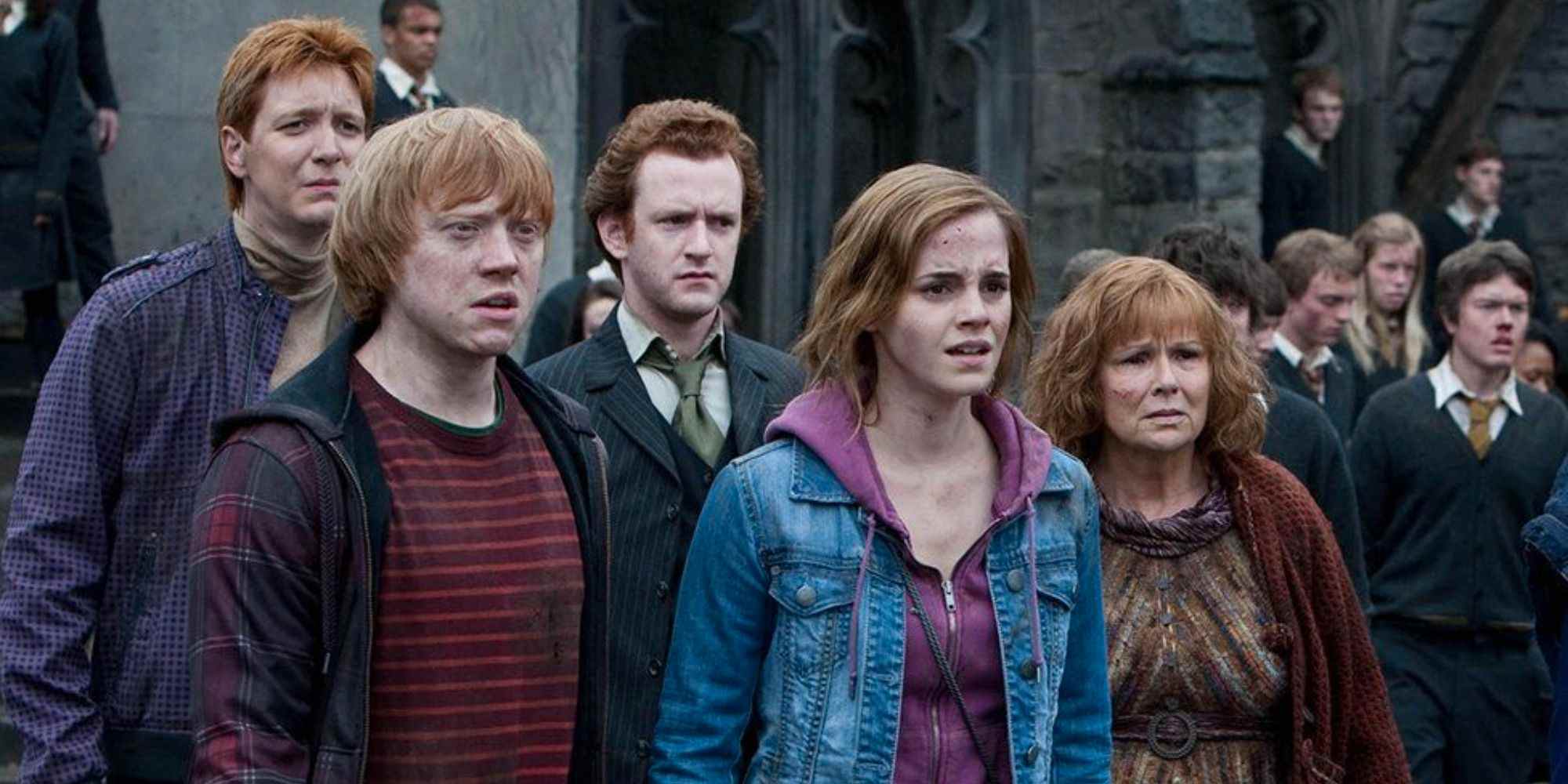
The most successful Harry Potter movie turned out to be Harry Potter and the Deathly Hallows – Part 2. It’s no surprise that the most successful Harry Potter movie ended up being the film that closed out the franchise. The 8th HP movie came out in 2011 and grossed over $1.34 billion worldwide. Though the Harry Potter movie ranked 3rd on our list, the domestic opening came out to be around $169 million. Deathly Hallows – Part 1 was ranked second in terms of the most successful Harry Potter movies, making just shy of $1 billion worldwide. Coming in at the number 3 spot was The Half-Blood Prince at a cool $934 million.

While the scariest Harry Potter movie is much more debatable. Many settle on Deathly Hallows – Part 1 as the scariest Harry Potter movie, which is understandable. Like Goblet of Fire, the tonal shift is more than palpable, as Voldemort has essentially taken over the Ministry, and the trio is constantly on the run from Death Eater attacks. Ron also leaves them behind after Dumbledore gives Harry little to no instruction on how to find the remaining Horcruxes. Much of Harry and his friends’ fate hangs in the balance as friends turn to foes and families are divided. Many people’s favorite characters kick the bucket in Deathly Hallows parts 1 and 2, and J.K. spared no expense to nail down the bleak tone that permeates the first half of the book.
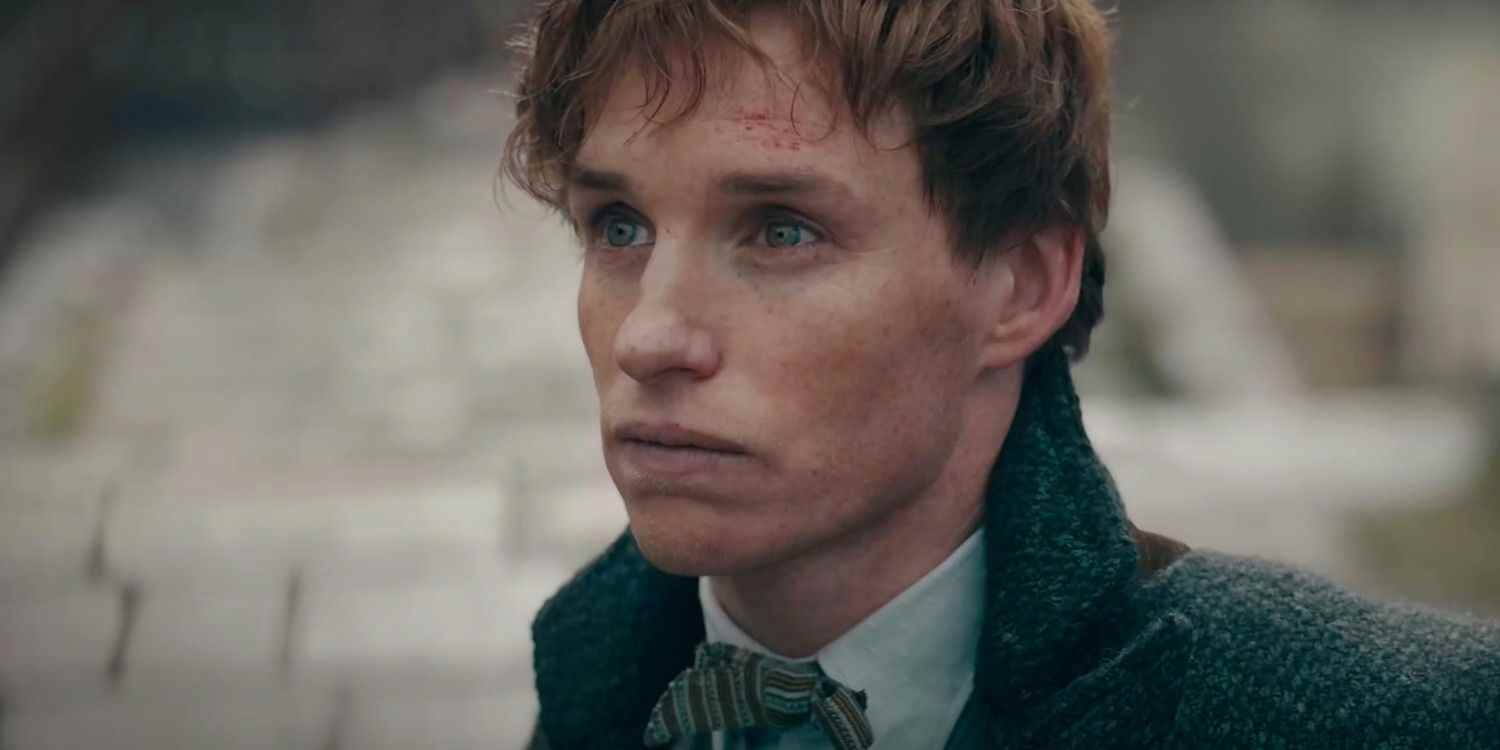
The Fantastic Beasts franchise has been poorly received by audiences and critics alike, and it doesn’t look like The Secrets Of Dumbledore has done enough to rescue its ailing trajectory. While the first movie received reasonably positive reviews by critics’ and audiences’ standards, it didn’t quite live up to the hype that surrounds the Boy Who Lived. The Crimes of Grindelwald did worse than its predecessor, coming in at a sad 39% on the Tomatometer. The Secrets of Dumbledore at least didn’t receive a splattered green tomato – but just barely. The franchise has a lot of missed opportunities, and while the connection forged between Harry Potter and Fantastic Beasts through Dumbledore’s presence was satisfying, the constant switching of protagonists didn’t make for a smooth cinematic experience. The movies also kept featuring fewer and fewer fantastic beasts, which is what the entire prequel series hinges on. Finally, it didn’t help that J.K. just kept piling on the Harry Potter mythos at the expense of the canon. Fantastic Beasts certainly isn’t living up to Harry Potter‘s standards, but perhaps with time and two more movies on the way, the prequel series could be saved.
